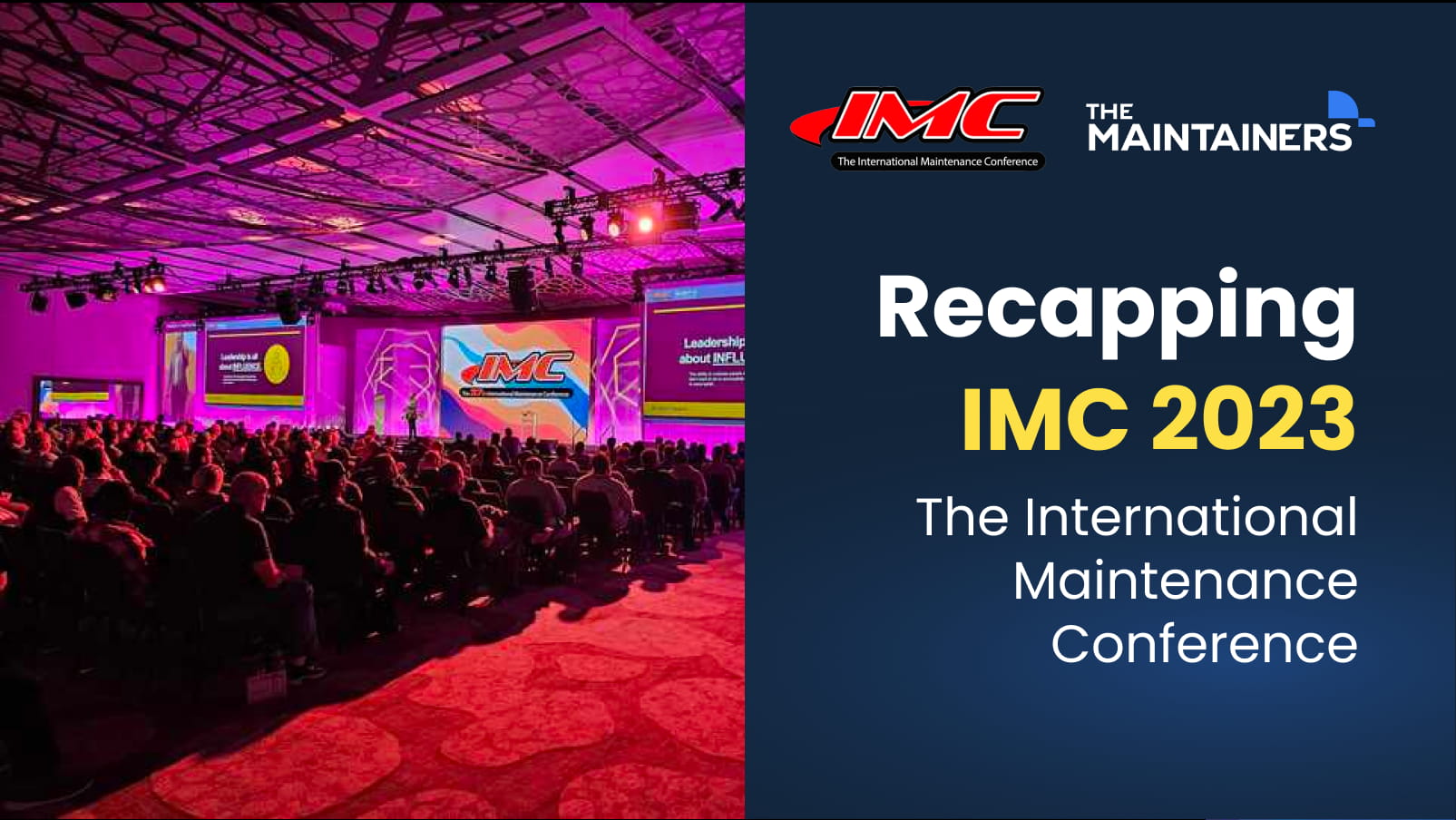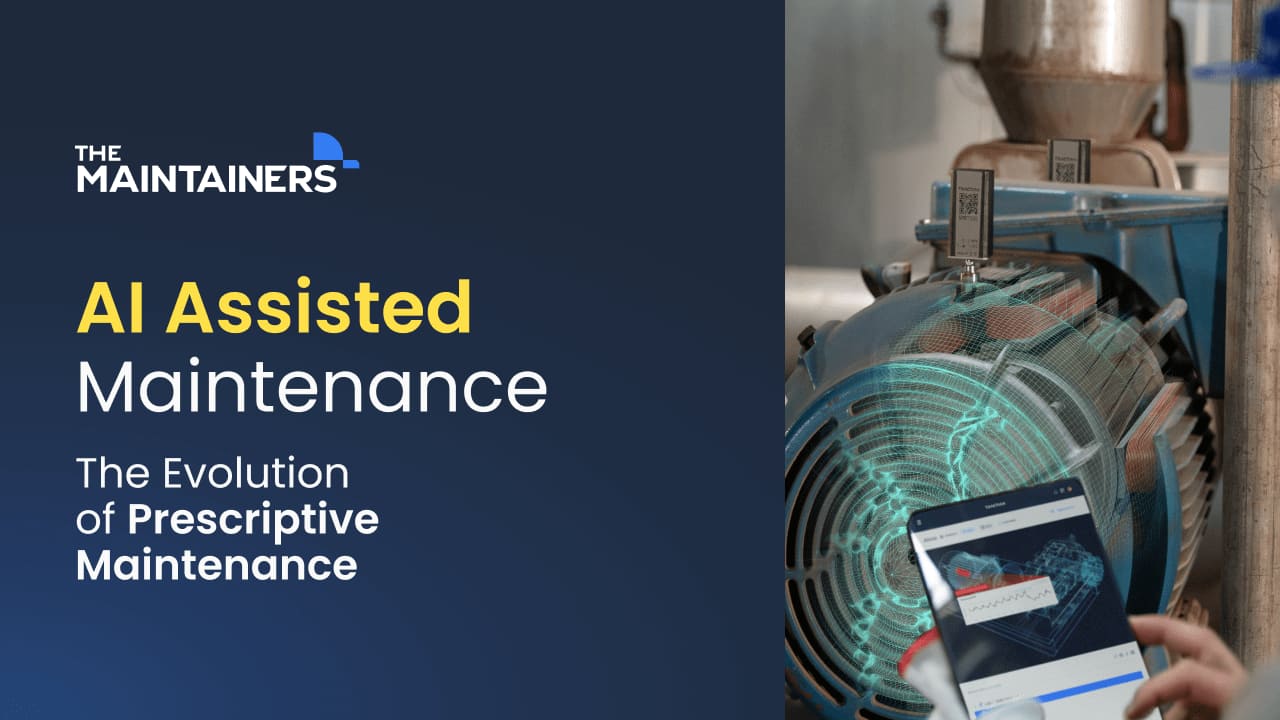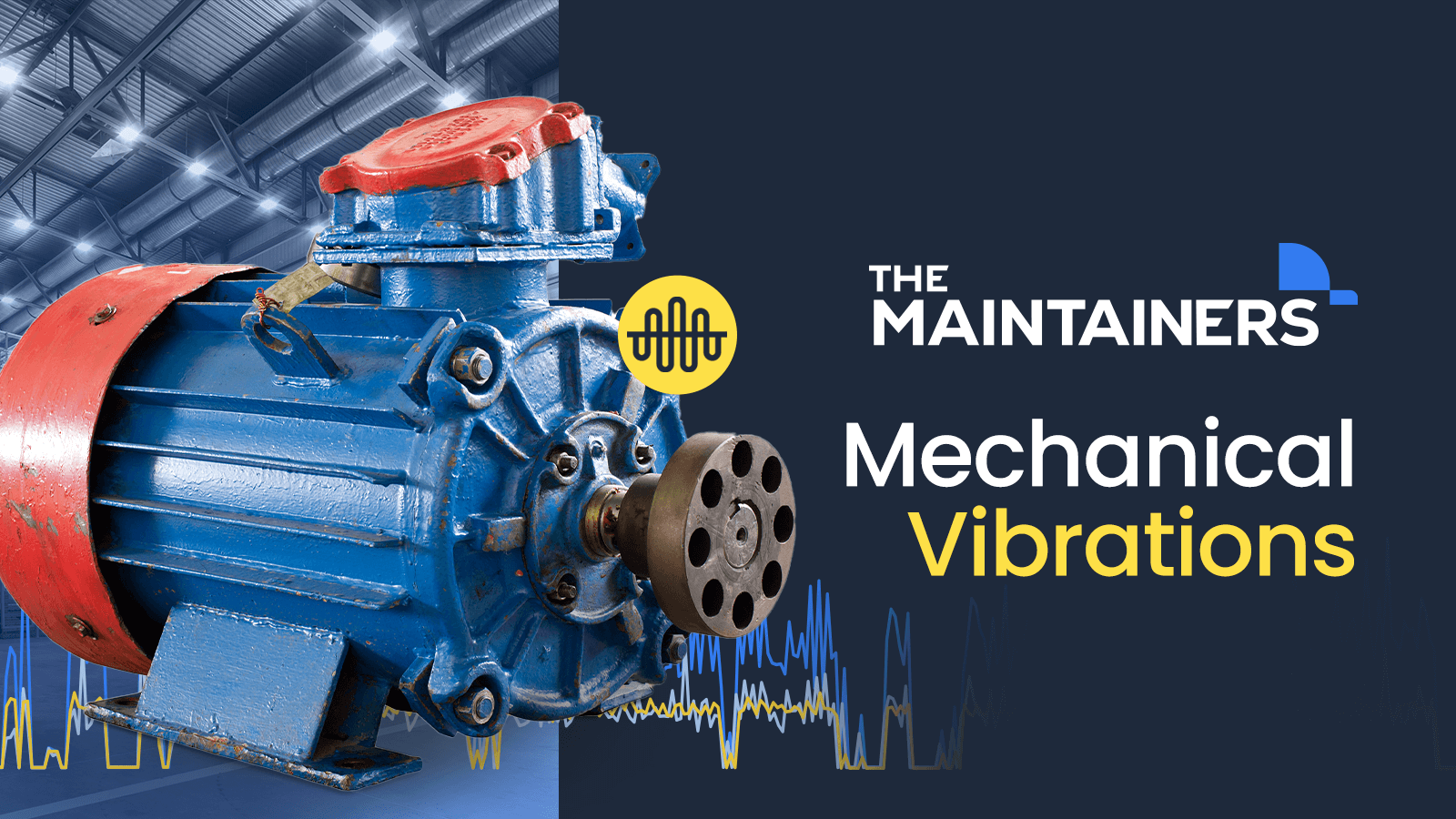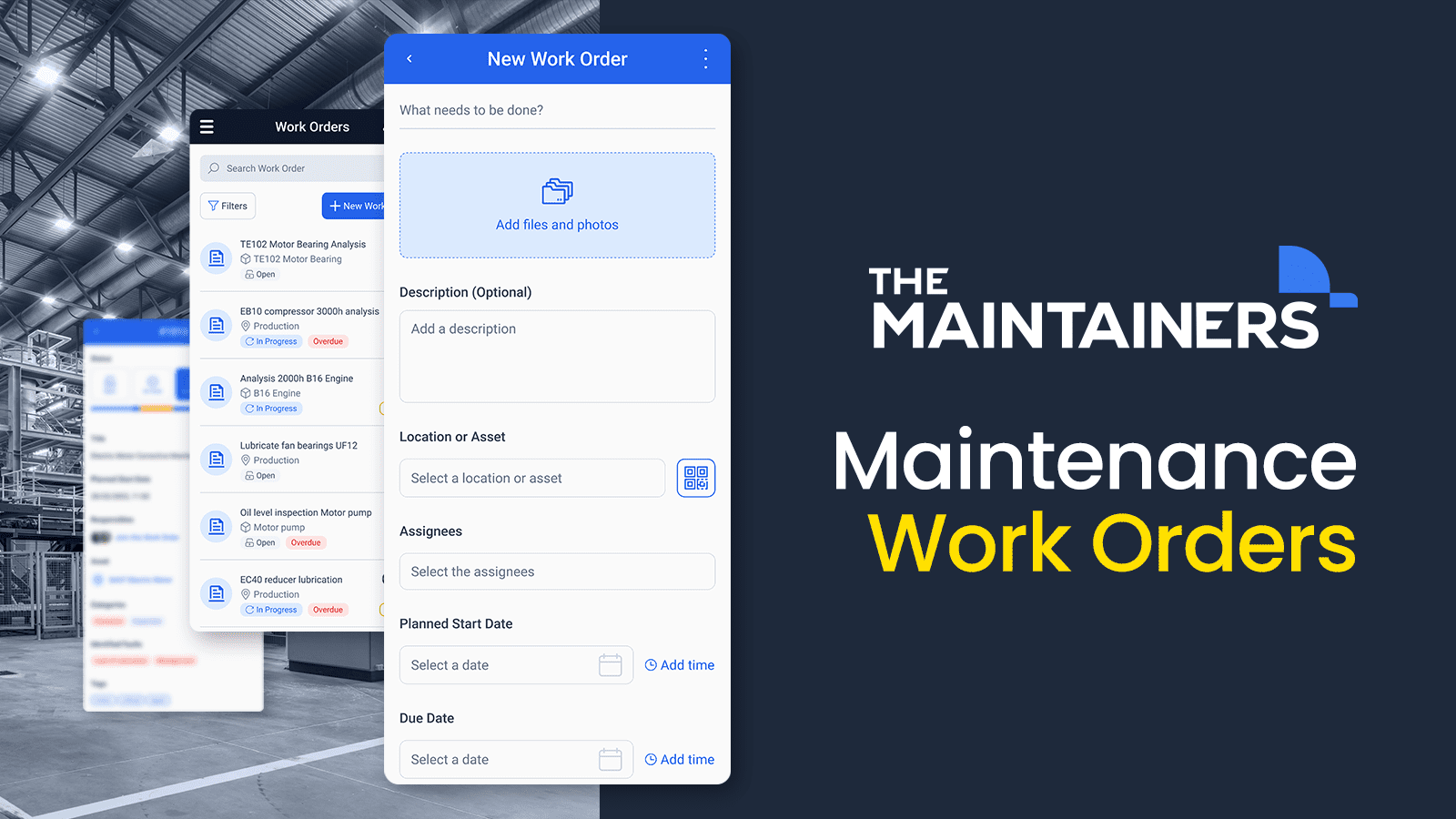Mindblown: a blog about philosophy.
-

Predictive Maintenance: The Game Changer in Food Industry Operations
What if the key to revolutionizing food industry operations lies in predicting the future of equipment health? That’s where predictive maintenance in the food industry comes in handy. This is a strategy increasingly vital in the food sector, bridging maintenance with food safety, efficiency, and sustainability. The approach marks a significant shift from the reactive…
-

Implementing 5s Methods To Improve Your Production
The 5S methodology is a systematic approach to workplace organization and visual management, originating from Japanese manufacturing practices. Comprising five core principles, each beginning with the letter ‘S,’ 5S stands for Seiri (整理), Seiton (整頓), Seiso (清掃), Seiketsu (清潔), Shitsuke (躾). In English, these translate to Sort, Set in Order, Shine, Standardize, and Sustain. The…
-

Implementing Takt Time to Improve Your Process
Takt time, sometimes referred to as Takt, is a key principle of lean manufacturing. It refers to the rate at which you need to complete a product or service to satisfy customer demand. The Takt time formula in Lean can be represented as below: Available Production Time refers to the total amount of time available…
-

Embracing Innovation and Building Connections at IMC 2023
Earlier this week, the International Maintenance Conference (IMC) unfolded its magic on the picturesque Marco Island in Florida. Attending this remarkable event was a journey into the future of maintenance practices, where industry experts, thought leaders, and innovative technologies converged to shape the landscape of maintenance and reliability.
-

Revolutionizing Industry: Meet the Forbes 30 Under 30 Entrepreneurs Transforming Manufacturing
In the ever-evolving landscape of success and achievement, Forbes has consistently spotlighted the trailblazers, visionaries, and game-changers who are redefining industries and shaping the future. The annual release of the Forbes Under 30 list is a momentous occasion to reflect on the extraordinary talents and accomplishments of the young minds who have captured our collective…
-

Availability And Its Impact On Your Maintenance
Availability is often used interchangeable with Reliability, however these are two very different maintenance metrics. Read more to see how they differ, and why Availability is vital to know.
-

Fault Tree Analysis Explained: Paving the Way for Reliability Mastery
A fault tree analysis, or FTA, provides a method of breaking down these chains of failures, with a key addition for identifying combinations of faults that cause other faults. This type of analysis provides maintenance team members a visual representation of how a problem occurred and the potential pathways that led to the main failure…
-

Why You Need To Improve Your Production Reliability
When it comes to manufacturing and production, ensuring consistent production and minimal downtime is crucial. In order to guarantee this, maintenance managers need to ensure their plants, assets, and overall production operations are reliable.
-

How to Leverage Predictive Maintenance to Reach Sustainability Goals
As sustainability and environmental stewardship become more prevalent in our day-to-day, industries worldwide are striving to achieve net-zero emissions. Central to this effort is the adoption of innovative technologies and practices that reduce energy consumption and minimize environmental impact through decarbonization. In recent years, technology has progressed enough to develop tools and strategies that optimize…
-

Why You Should Know Your Planned Maintenance Percentage
Planned maintenance percentage is effectively the amount of time used towards planned maintenance task (as opposed to unplanned). It is a key metric that allows maintenance managers to get a better overview of where their time is going, and how reliable and effective their maintenance processes are.
-

Navigating the Fine Line Between Maintenance and Repairs
In the world of manufacturing, understanding the nuanced difference between maintenance and repairs is important for seamless operations. Knowing the difference between the two seemingly similar terms can make all the difference in effective asset management, cost control, and operational efficiency in any industry. It enables organizations to adopt a proactive approach to maintenance, which…
-

Unlocking Total Reliability: How the Internet of Things is Revolutionizing Industries
What is the Internet of Things? The Internet of Things (IoT) represents a transformative force in the digital landscape, heralding a new era of interconnectedness and automation. At its core, IoT is a network of physical devices, vehicles, buildings, and even everyday objects, all equipped with sensors, software, and connectivity capabilities. These components work in…
-

The Cost of Downtime: What’s the Impact on Your Bottom Line
How much is downtime costing you? Every second an asset isn’t running costs thousands of dollars, and can have significant indirect impacts. Read more to see how predictive maintenance tools can reduce the cost of downtime.
-

Understanding Six Failure Patterns for Increased Reliability
Age reliability patterns, also known as failure patterns, refer to the trends and behaviors of a system’s reliability and probability of failing as it ages over time. These patterns are crucial in reliability engineering for assessing the performance and lifespan of products, components, or systems. In the 1970s, F. Stanley Nowlan and Howard F. Heap…
-

How Lean Manufacturing Can Optimize Your Maintenance
Some of the most successful companies in the world, including Toyota, Nike, and General Electric, use lean manufacturing principles. By implementing lean manufacturing principles into your maintenance and reliability operations, you can develop a more streamlined and efficient process.
-

Why Investing in an EAM is the Best Method for Improving Reliability
Companies in every industry from manufacturing to food and beverage (and everything in between) face unique challenges based on the machinery and assets they use and the products they produce. Regardless of industry, optimal machine health and functionality are crucial factors in achieving high reliability and availability rates, which in turn ensures successful operations. Whether…
-

AI-Assisted Maintenance: A Tech-driven Solution to Enhance Asset Reliability
Industries at large have significantly benefited from the development of new technologies, one such technology being artificial intelligence, or AI. AI is used to automate tasks, improve efficiency, and make better decisions, and is already present in our lives in many ways, from the self-driving cars we see on the road to the virtual assistants…
-

Mechanical Vibrations in Asset Monitoring
Mechanical Vibrations in Asset Monitoring Mechanical vibrations play a pivotal role in asset monitoring, providing insights into the health and performance of assets and systems. Vibrations themselves are present constantly in machinery, and can be caused by many factors including rotational imbalances, fluid flows, and external forces. By analyzing and interpreting these vibrations, engineers and…
-

Everything You Need to Know About Vibration Analysis
Our world is filled with machines and structures, and ensuring their smooth operation is essential. But, have you ever wondered how experts monitor and understand the movement of these systems? Vibration analysis is the most popular and common way to monitor asset condition. It helps us understand the insights behind vibrations produced by different objects.…
-

Work Orders in Maintenance: A Complete Guide
A work order (WO) communicates what work is to be performed, when, where, and by what method, to all parties involved. It creates a system, enabling whoever is needed to complete the upcoming task to allocate time and resources to do so. They also serve as a source of information for all maintenance request forms.…
Got any book recommendations?